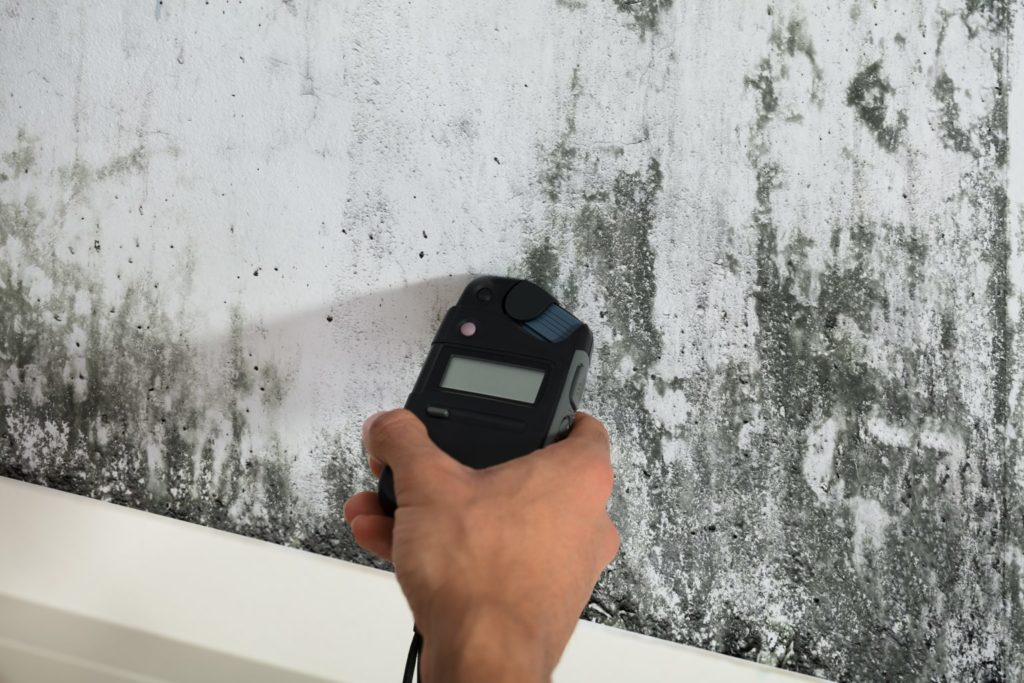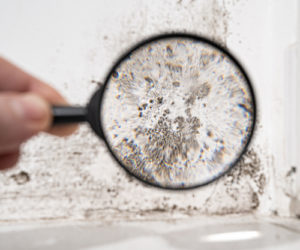Crafting a Detailed Post Mold Remediation Report
Wiki Article
Your Ultimate Overview to Blog Post Mold And Mildew Remediation Strategies
Navigating the world of post-mold remediation techniques is a thorough procedure that demands attention to detail and a thorough understanding of the ins and outs involved. In the after-effects of mold infestation, understanding just how to properly eradicate the mold and mildew and prevent its reoccurrence is extremely important for keeping a healthy and balanced interior setting. From picking the right cleansing and sanitizing approaches to implementing strategies for lasting mold and mildew avoidance, each action in the remediation trip plays an important function in making sure a successful result. As we start this expedition of post-mold removal techniques, we will certainly discover the essential strategies and ideal practices that can help you recover your room to its pre-mold condition and safeguard it versus future mold threats.Understanding Post-Mold Remediation Process
After completing the mold and mildew removal process, it is vital to understand the post-mold removal methods that are necessary to guarantee a detailed and effective cleanup. When the mold and mildew has been gotten rid of, the next action involves cleansing and disinfecting the impacted locations to protect against any type of regrowth of mold.
Furthermore, conducting a last evaluation post-remediation is crucial to guarantee that all mold and mildew has been successfully gotten rid of. This inspection must entail a thorough aesthetic check along with perhaps air tasting to verify the lack of mold spores airborne. Added remediation may be needed if the assessment exposes any kind of remaining mold and mildew. Informing owners on precautionary procedures such as managing moisture levels and immediately dealing with any kind of water leakages can assist keep a mold-free atmosphere.
Reliable Cleansing and Sanitizing Techniques

Avoiding Future Mold And Mildew Growth

Significance of Appropriate Air Flow
Appropriate air flow plays a crucial function in avoiding wetness buildup, an essential variable in mold development within interior atmospheres. Efficient air flow systems aid remove excess humidity from the air, decreasing the opportunities of mold spores finding the dampness they require to spread and germinate. Without sufficient air flow, indoor spaces can come to be a breeding place for mold and mildew, leading to possible wellness dangers and structural damages.By ensuring correct air flow, air flow systems can also assist in drying moist locations quicker after water damage or flooding incidents, additionally hindering mold and mildew development. Post remediation mold testing near me. In areas like washrooms, kitchen areas, attic rooms, and basements where moisture levels tend to be greater, setting up and preserving reliable air flow systems is vital in stopping mold and mildew invasions

Surveillance and Maintenance Tips
Given the vital duty that appropriate ventilation plays in protecting against mold and mildew growth, it is imperative to establish efficient monitoring and upkeep pointers to make certain the continued performance of air flow systems. Monitoring humidity levels within the property is additionally vital, as high moisture can add to mold development. By remaining aggressive and mindful to the condition of air flow systems, property owners can successfully minimize the risk of mold and mildew regrowth and maintain a healthy interior setting.
Final Thought
Finally, post-mold remediation techniques are important for making sure a safe and clean setting. Understanding the process, implementing effective cleaning and decontaminating methods, avoiding future mold and mildew growth, preserving appropriate air flow, and routine surveillance are all essential action in the remediation process. By adhering to these guidelines, you can efficiently eliminate mold and my company avoid its return, functioning or promoting a healthy living area for all passengers.In the consequences of mold and mildew infestation, knowing just how to effectively eradicate the mold and prevent its reoccurrence is paramount for maintaining a healthy indoor setting. When the mold has been eliminated, the next action involves cleaning and sanitizing the impacted locations to protect against any type of regrowth of mold - what to do after mold remediation. After getting rid of noticeable mold growth, it is essential to clean all surfaces in the damaged location to get rid of any kind of staying mold spores. To further boost mold and mildew prevention actions, it is important to deal with underlying concerns that initially led to mold and mildew development.Provided the vital duty that proper ventilation plays in preventing mold development, it is essential to establish effective monitoring and upkeep pointers to guarantee the ongoing capability of ventilation systems
Report this wiki page